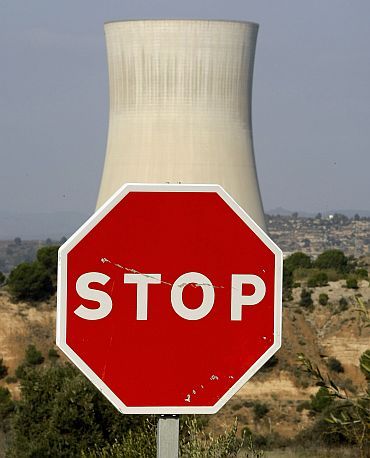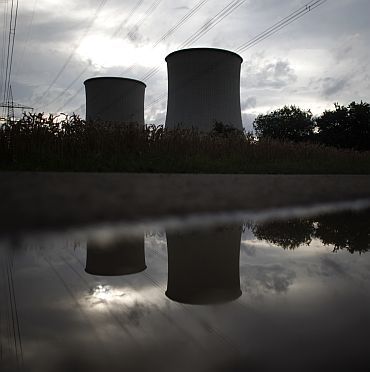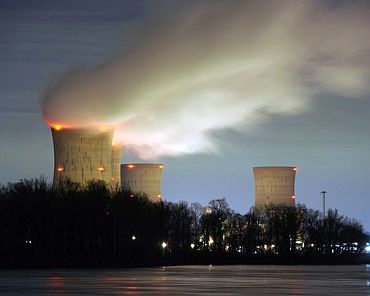

Sources added that all reactors in India were already designed to handle the seismic events, which could occur in their seismic zones, to automatically shut down when ground accelerations exceed specific values. But the new plan requires the automatic shutdown even if the site experiences ground acceleration that is slightly lower than the current safe operating limits.
For instance, a plant may be designed to shut down safely at earthquake-triggered ground acceleration of 0.2g may be geared to automatically shut down at 0.15g.
The NPCIL has not specified at what limits of acceleration will this shutdown begin. The actual figures will vary from site to site, sources said.
The plan, which emerged from an internal task force carrying out the safety audits, also envisages an increase in the duration for which the cores of nuclear reactors that have shut down may be cooled with passive systems that require no electric power.
"We already have good safety systems in place at our nuclear plants. With the new steps we are being super-conservative," a corporation executive was quoted as stating.
He said there would be also a "hook-up" arrangement to supply water through external tankers if the adequate inventory of water in the plant is found wanting.
